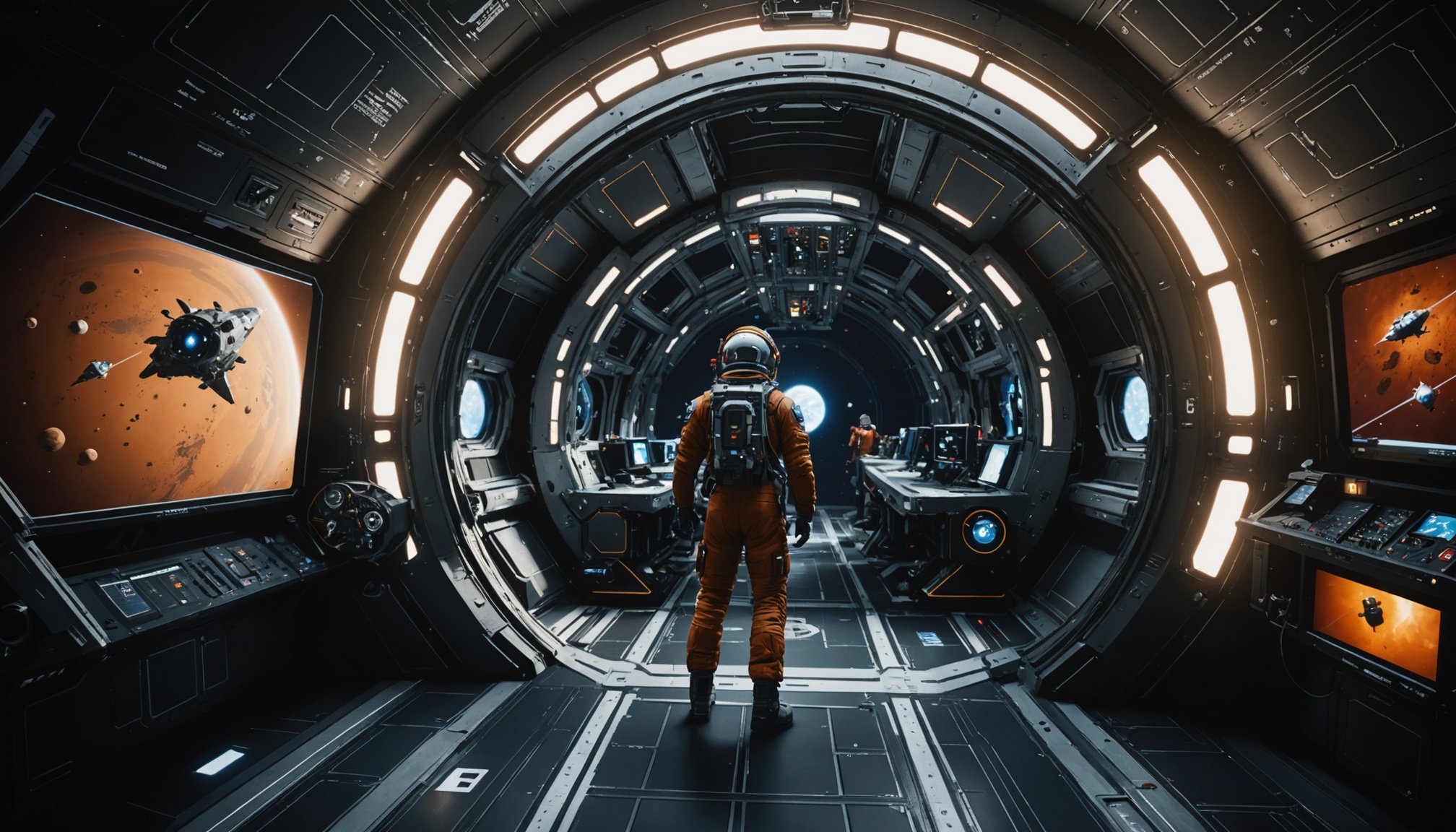Understanding Real-Time Ray Tracing
Real-time ray tracing is reshaping the landscape of digital graphics by simulating the physical behaviour of light. Ray tracing technology calculates the path of light as it interacts with surfaces to produce highly realistic images. Unlike traditional techniques, such as rasterization that simulate light indirectly, ray tracing considers each ray of light and its interactions with the environment. This enables creators to achieve phenomenal levels of realism.
Real-time graphics have long relied on rasterization due to its efficiency. Rasterization converts geometric shapes into pixels quickly but often compromises on details like shadows and reflections. Ray tracing, on the other hand, traces rays of light, providing enhanced visual fidelity by accurately depicting shadows, reflections, and refractions. Gaming experiences have been transformed with realistic lighting, elevating the ambiance and immersion to cinematic levels.
In the same genre : Mastering real-time voice modulation: top techniques for fluid communication in multiplayer gaming
In gaming, visual fidelity is crucial for engaging experiences. The integration of real-time ray tracing technology is a game-changer. Players can now admire lifelike environments that respond dynamically to in-game actions. As technology advances, this method is becoming more accessible, enabling developers to push the boundaries of real-time graphics and crafting virtual worlds with unparalleled beauty.
Advantages of Real-Time Ray Tracing in Gaming
The benefits of ray tracing are transforming the gaming world by introducing unprecedented levels of realism and immersion. These advancements are evident in the way light interacts within game environments, significantly enhancing visual realism. The technology simulates light behavior that mirrors real-world physics, resulting in hyper-realistic shadows and lighting effects that are immediately noticeable to players.
Additional reading : Overcoming obstacles: essential challenges in developing games for hybrid vr and ar platforms
Real-time ray tracing directly impacts gaming graphics improvement by allowing developers to create more complex visual effects, with reflections and refractions appearing strikingly authentic. As the light reflects off various surfaces, it provides a depth of field previously unachievable with traditional graphics techniques. This creates an atmosphere where the virtual seems almost tangible.
Textures, too, benefit from this innovation. The improved computation of light allows for more nuanced and dynamic surfaces, adding richness to any game environment. Overall visual quality reaches new heights as textures reveal details with stunning accuracy through enhanced lighting contrasts and shades. This leads to more vivid game worlds that captivate the player’s senses and elevate the gaming experience to an entirely new level, enabling gamers to feel as if they’re stepping into reality itself.
Space Exploration Games Leveraging Ray Tracing
Space exploration games have been dramatically transformed by the integration of ray tracing technology, offering players breathtakingly immersive experiences. The advancements in visual realism allow for stunning depictions of cosmic environments and celestial bodies, rendering space travel more enthralling than ever before.
Notable Titles Utilizing Ray Tracing
Several notable games have successfully incorporated ray tracing in space games, enhancing their visual appeal and depth. Such titles include “Star Citizen” and “Elite Dangerous,” where the technology elevates metallic surfaces and reflections to unprecedented levels of realism. In “Cyberpunk 2077,” despite not primarily being a space game, its DLC showcases enhanced planetary visuals using ray tracing.
Technical Implementation in Games
The integration of ray tracing within game engines is a feat of engineering brilliance. Developers utilize path tracing and global illumination techniques to produce lifelike lighting and shadow effects. Game engines like Unreal Engine and Unity have special support quirks that allow developers to push the boundaries of graphical fidelity.
User Experience and Immersion
The enhanced realism allows players to feel truly immersed in their virtual surroundings. Feedback from players often highlights the dramatic improvement in visual detail and atmospheric depth, increasing their engagement and sense of wonder during exploration missions in these space games.
Future of Ray Tracing in the Gaming Industry
As ray tracing technology continues to evolve, it represents one of the most exciting gaming technology trends today. The future of ray tracing is set to bring more realistic graphics to the forefront of gaming, enriching player experiences with lifelike visuals and shadows. Its capacity for real-time light simulations will likely expand, pushing the boundaries of what’s technically possible in games.
However, as promising as ray tracing’s future appears, there are potential challenges. Game developers face the hurdle of increased computational demands, which can affect performance and accessibility. Not all hardware meets the requirements for optimal ray tracing performance, rendering it less inclusive for gamers without high-end systems.
The game’s community remains divided on ray tracing advancements. While many enthusiasts appreciate the visual enhancements, there’s concern about potential trade-offs in performance and game design limitations. Yet, with technological advancements in graphics processing units (GPUs) and optimization techniques, it’s anticipated that ray tracing will become more mainstream.
Overall, as gaming companies invest in overcoming these hurdles, the industry impact of ray tracing could redefine the standard for visual storytelling and immersion in gaming. The careful balance of technology and accessibility remains critical in this exciting journey.











